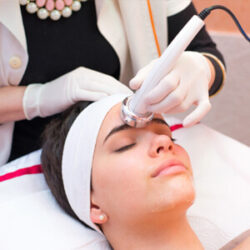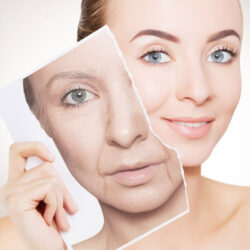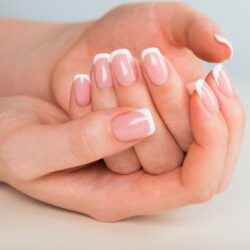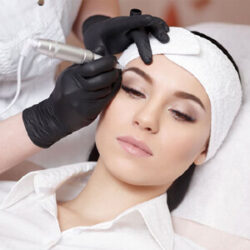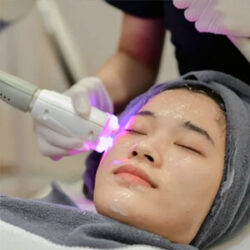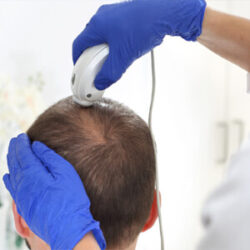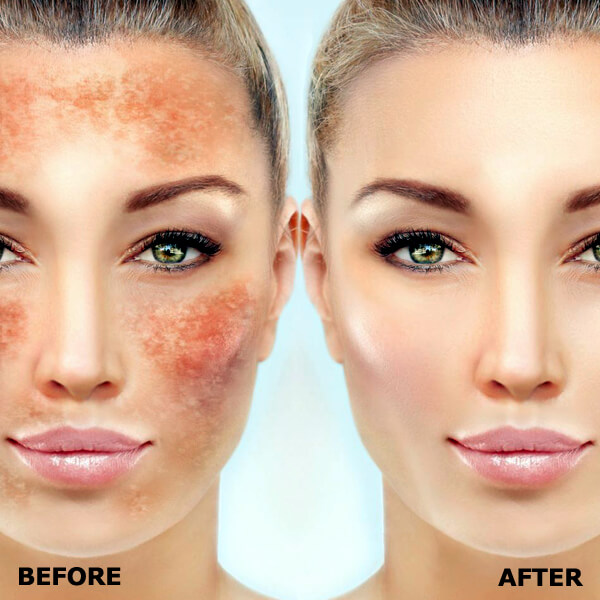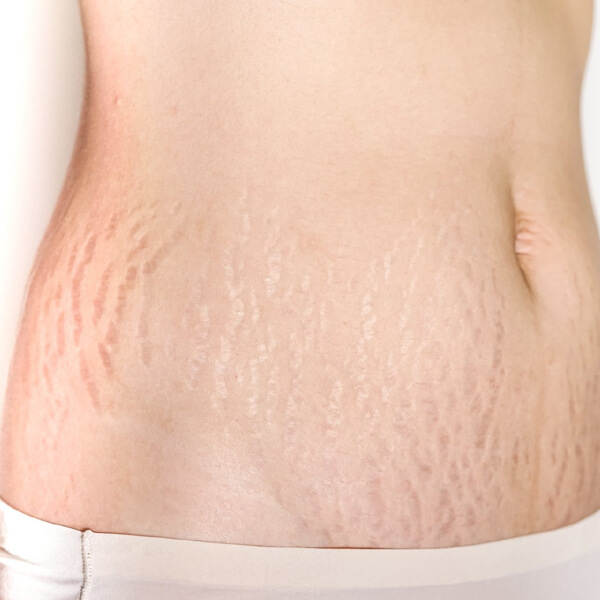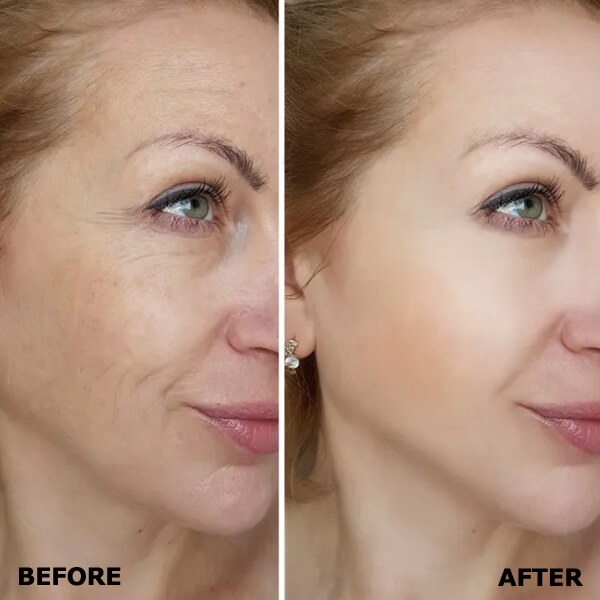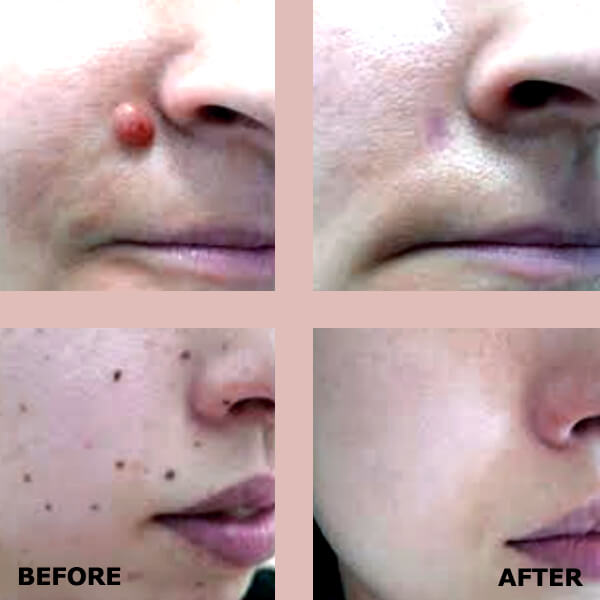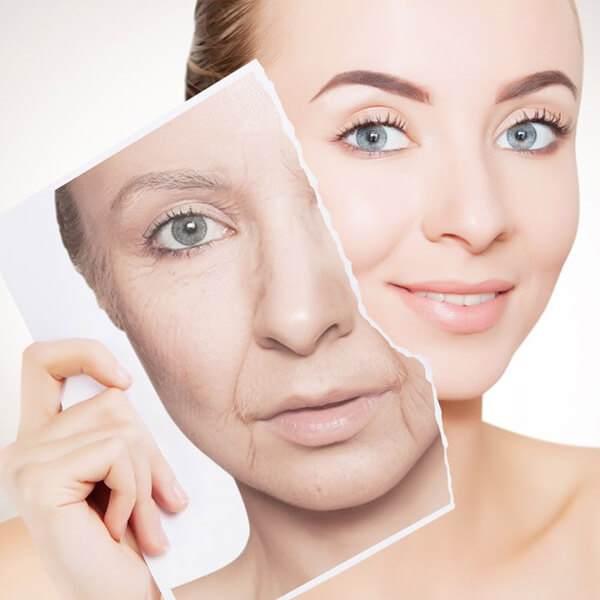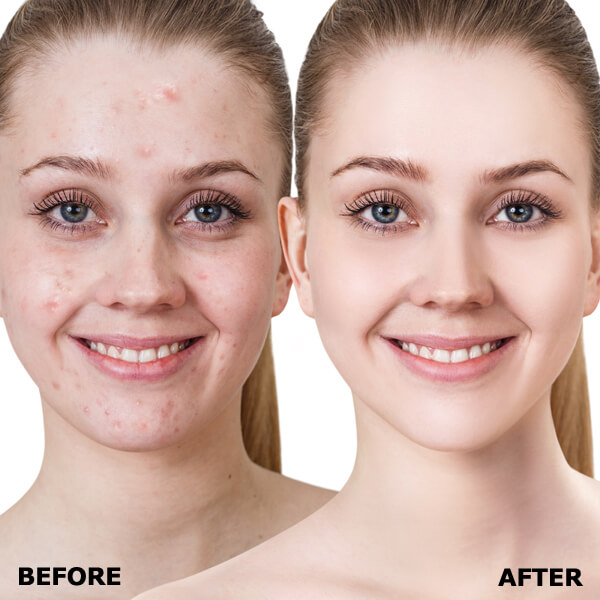1. How does skin resurfacing work?
These medical procedures eliminate damaged skin layers and trigger new collagen generation resulting in rejuvenated and firmer skin.
2. Which treatment is right for me?
A dermatologist will recommend options based on:
- Your skin concerns (wrinkles/scars/pigmentation)
- Your downtime tolerance (peels/lasers need recovery)
- Specific laser options exist for individuals with darker skin tones.
3. Does it hurt?
Lasers/Peels: Numbing cream reduces discomfort by producing a sensation of warm prickling.
Microneedling: Nearly painless with topical anesthetic
4. What’s the downtime?
Treatment Downtime
- Light Peel 1–2 days (flaking)
- Medium Peel 5–7 days (redness)
- CO2 Laser 7–14 days (crusting)
- Microneedling 1–3 days (pinkness)
5. How many sessions are needed?
Light treatments: 3–6 sessions (2–4 weeks apart)
Ablative lasers: 1–3 sessions (3–6 months apart)
6. When will I see results?
- Immediate glow after light peels/dermaplaning
- You will notice complete results between 3 and 6 months as collagen regeneration takes time.
7. Can darker skin tones get laser resurfacing?
Yes! Experts can safely perform Nd:YAG and fractional laser treatments on skin with high melanin levels.
8. Can I combine treatments?
Yes! Many patients pair:
- Microneedling + PRP for scars
- Laser + Peels for deep wrinkles
- Dermaplaning + Peels for maximum glow
9. How do I maintain results?
- Daily SPF 30+ (sun protection is critical!)
- Gentle skincare (hyaluronic acid, peptides)
- Yearly touch-ups (for lasting effects)
10. What are the benefits of skin rejuvenation resurfacing treatment?
Skin rejuvenation resurfacing treatments offer a range of benefits, depending on the specific technique used. Here are some common advantages:
- Improved Skin Texture: Resurfacing treatments can help smooth out rough or uneven skin texture, giving you a softer and more youthful complexion.
- Reduced Wrinkles and Fine Lines: By promoting collagen production and removing damaged skin layers, these treatments can minimize the appearance of wrinkles and fine lines.
- Even Skin Tone: Resurfacing can help fade hyperpigmentation, sunspots, and age spots, resulting in a more even skin tone.
- Reduced Scarring: For individuals with acne scars or other types of scarring, certain resurfacing techniques can improve the appearance of scars by promoting new, healthier skin growth.
- Stimulated Collagen Production: Many resurfacing treatments stimulate the production of collagen, a protein that provides structure and elasticity to the skin. Increased collagen can contribute to a firmer and more youthful look.
- Enhanced Product Absorption: With the removal of the outermost skin layer, skincare products can penetrate more effectively, maximizing their benefits.
- Tightened Skin: Some resurfacing methods, like laser treatments, can have a tightening effect on the skin, reducing sagging and promoting a more lifted appearance.
- Youthful Glow: Overall, these treatments can give your skin a revitalized and rejuvenated glow, making you look and feel refreshed.
It’s important to note that results can vary based on the specific treatment, individual skin type, and proper post-procedure care. Always consult with a skincare professional to determine the most suitable option for your needs.

